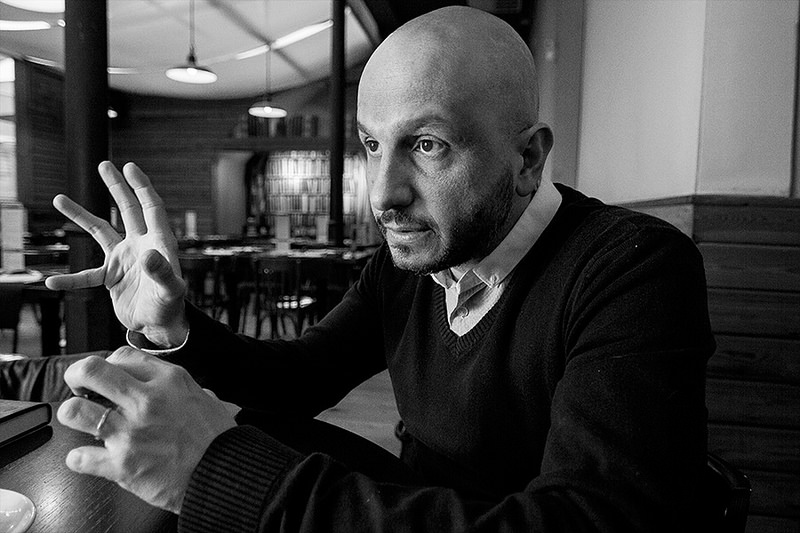, Clarice Lispector by Jorge Carrión. IMS Clarice Lispector, 2018. Disponível em: https://site.claricelispector.ims.com.br/en/2018/01/19/clarice-lispector/. Acesso em: 26 July 2024.
The Spanish writer and critic Jorge Carrión recently published in The New York Times an essay about the life and work of Clarice Lispector (“La pasión según Clarice Lispector”). Starting from a reading of Por qué este mundo, the biography of Clarice written by Benjamin Moser and recently released in Spanish translation by the Siruela publishing house, the author addresses broader issues related to Clarice’s work:
“She did not like interviews and fiction – in her case – is much more important, incisive, and eloquent than nonfiction. By reading her novels and short stories, one might conclude that she is a hermetic author, close to mysticism. However, I believe, on the contrary, that she is an absolutely contemporary artist, who resolved in her work one of the great literary problems of our time: how to write, with abstract ambition, mental landscapes with figurative language.”
That is, for Carrión, Clarice’s work is “corporeal, totally vital, and bloody,” although it is curdled with metaphors and mysteries. This characteristic brings her prose closer to poetry, according to the critic. That is why, perhaps, she wrote as if it were to save someone’s life, perhaps her own, as she said in A Breath of Life.Read Carrión’s essay, in Spanish, by clicking here.







